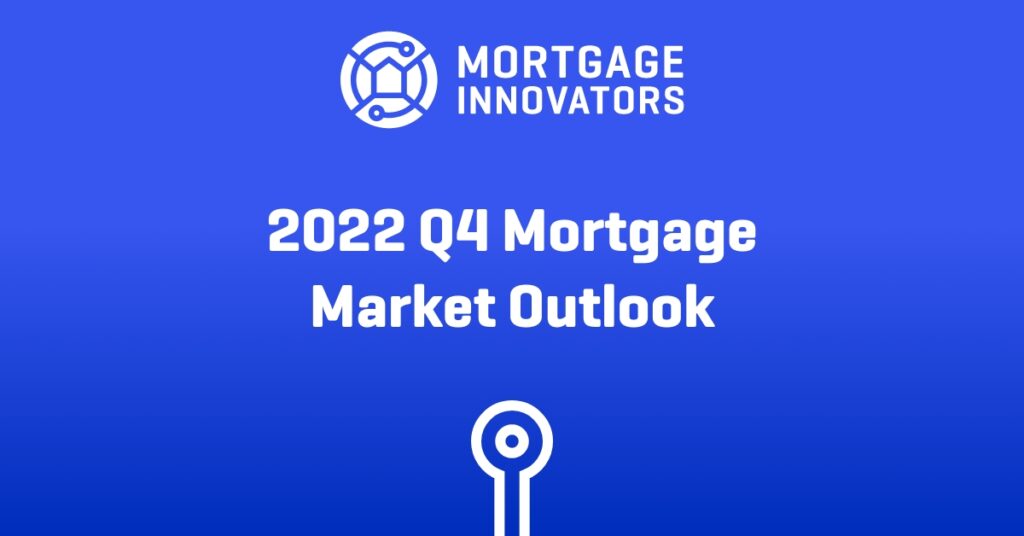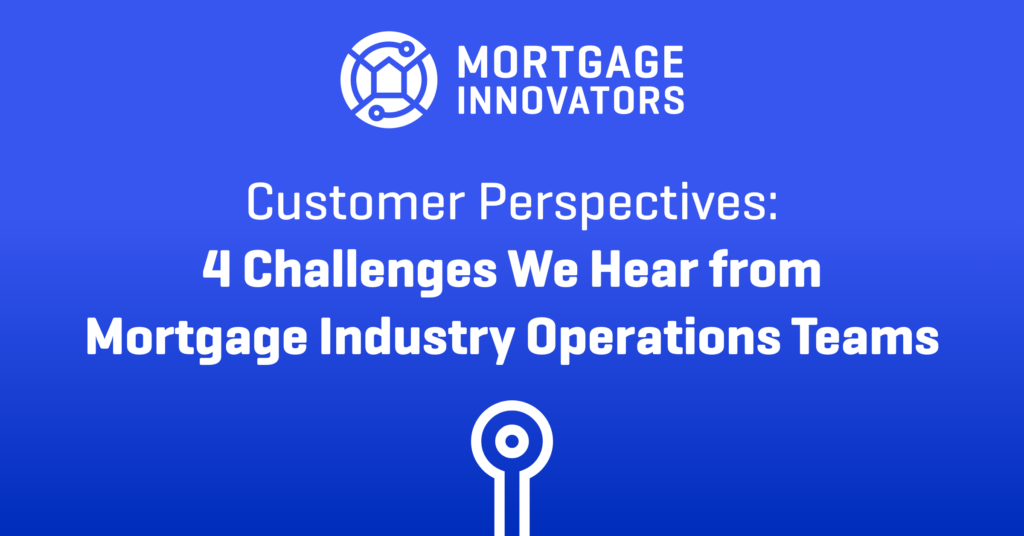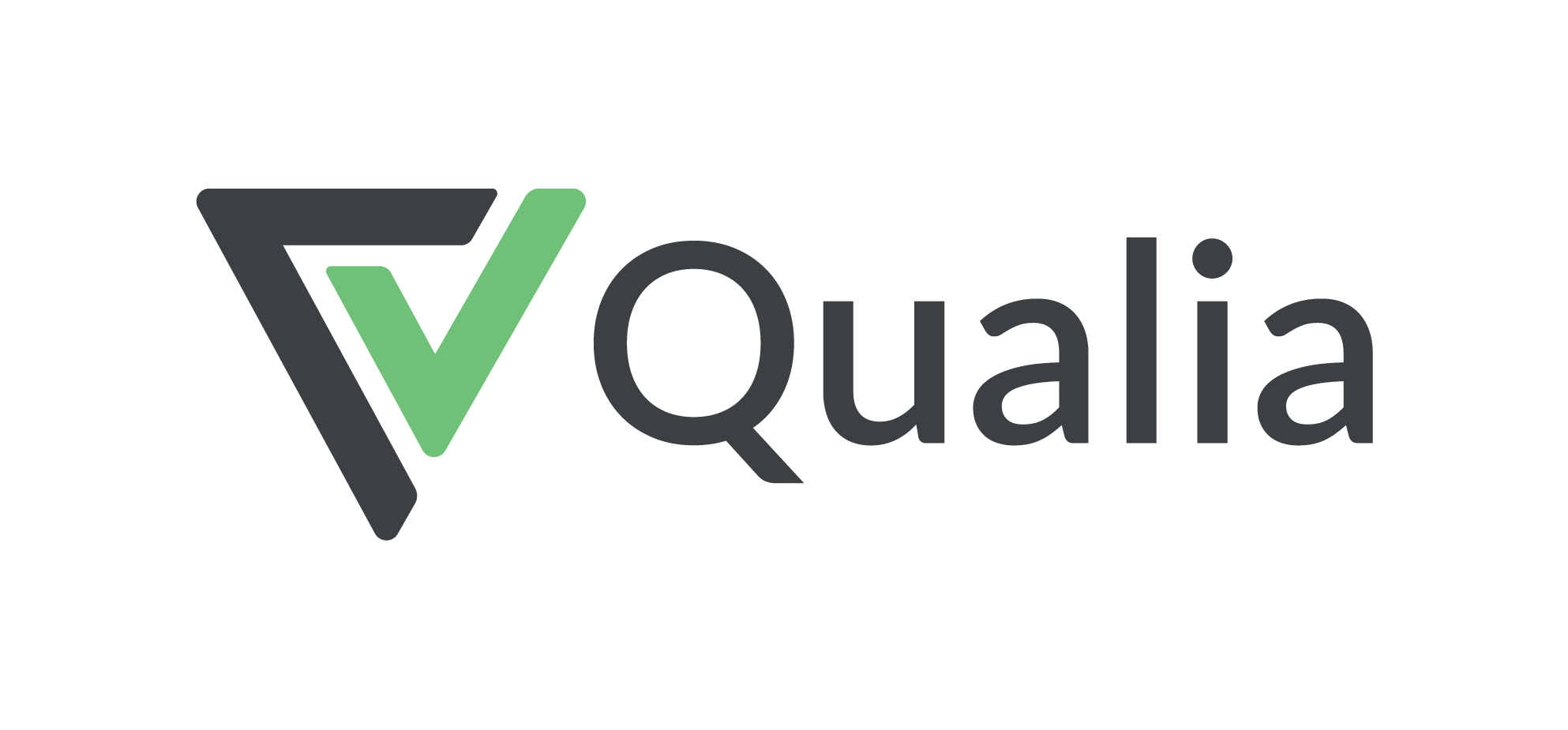The pandemic has been a catalyst for quick shifts in the financial services industry, and many of those changes have created more challenges when it comes to compliance.
For one, a large portion of financial services workers have transitioned to working remotely, and this isn’t likely to change: Research from PwC shows that even after the pandemic, nearly 70 percent of financial services companies say the majority of their workforces will work from home at least once a week moving forward. For banks, accommodating this new work environment has meant updating digital tools and processes.
Remote work tools are not the only aspect of digital transformation that banks are taking on. In fact, the virtual shift was already well underway before COVID-19 as consumers sought more digital touchpoints. The pandemic just sped up the process.
Such fast–paced digital transformation has meant increased risk for missteps and errors that can trigger compliance concerns. As bank marketers look for more ways to make virtual connections, they should keep the following in mind when it comes to navigating increased compliance risks:
1. Employees are both your greatest asset and your greatest risk.
When loan officers, financial advisors, and other bank associates cannot meet with clients and prospects in person, social media can be an excellent tool for relationship-building. Employees can also significantly expand a brand’s reach on social. There are regulations to keep in mind around electronic communication, however. FINRA’s rules, for instance, prohibit misleading or promissory statements and claims as well as communication that predicts or projects performance.
When the world went digital, banks without proper approval processes already nailed down likely felt the crunch as employees began interacting more online. When employees and marketers can’t simply stop by a compliance officer’s desk to ask about social updates or blog post ideas, adjusting approval processes is a must. Banks need an approval framework to ensure that every brand-related social media post from every employee meets brand messaging and regulatory guidelines. The right social media management tools can automate that approval process so that employees can send posts or engagements to the right person with just a click of a button.
2. A hot mortgage market doesn’t make safety any less important.
The mortgage market is hotter than ever before as rates reach historic lows. Loan officers are busy helping more clients secure mortgages, and the savvy ones are also using social media to get in front of prospects and capture more business. As business increases, however, so should a bank’s attention on compliance.
Marketers can keep a close eye on electronic communication using software with keyword filtering capabilities. For example, marketers could flag the word “guarantee” so any social post with that word creates an alert, so no promissory posts go live. Automatic archiving is another excellent software capability when it comes to compliance. When each post and engagement is automatically saved and stored, it’s easy to prove compliance if auditors ever come knocking.
3. If your marketing department’s growth is limited, optimize your processes.
Digital transformation may be accelerating quickly in the financial services sphere, but that does not mean marketing or compliance teams are expanding alongside it. Many financial institutions currently lack the resources to expand staff as they navigate revenue-related challenges of the pandemic.
The roles of marketers and compliance teams, however, are indeed increasing in scope and importance as banks must continue connecting virtually with consumers to guide them through new, digital ways of doing business. The good news is that banks can expand their capabilities without expanding staff or making huge capital expenditures on sophisticated digital tools. Social media is a low-cost, high-ROI option, and there are affordable social media management tools that enable marketers to keep electronic communication within regulatory bounds at scale.
For institutions that aren’t planning to grow their budgets anytime soon, optimizing marketing and compliance processes is key to connecting digitally with customers while maintaining compliance. Tools that automatically bring red flags to marketers’ attention and make it easy for employees to post approved content will help marketers guide banks safely through this digital transformation and the next.










